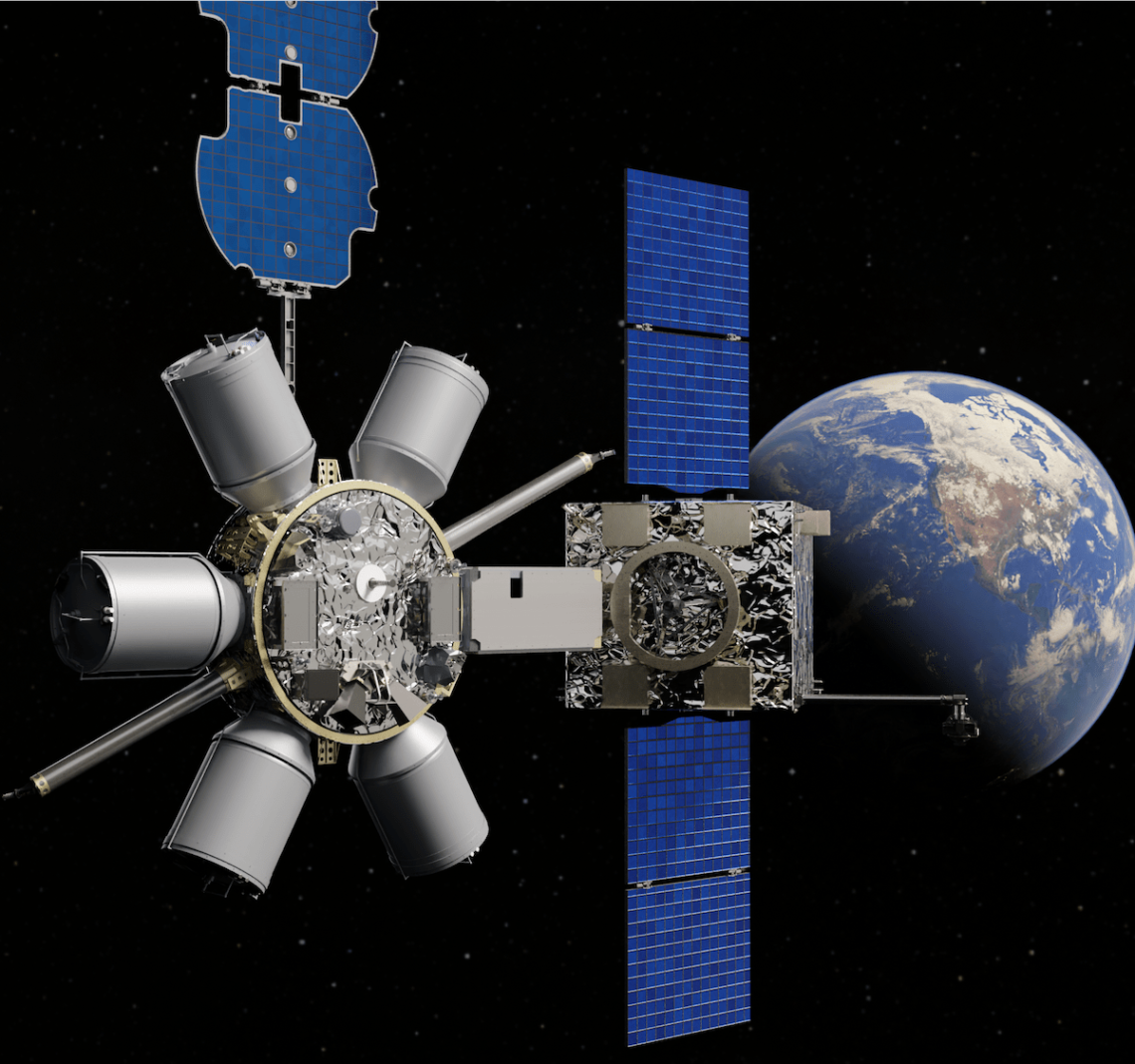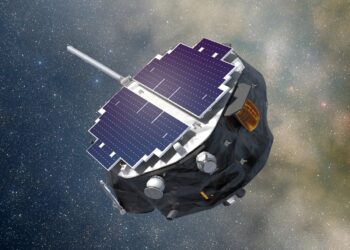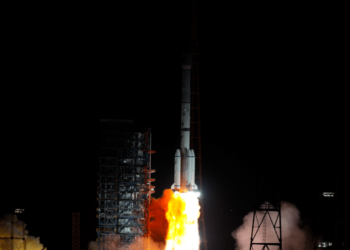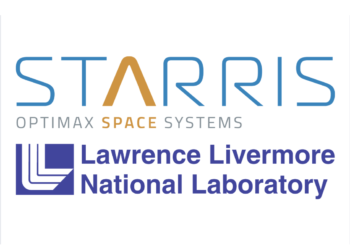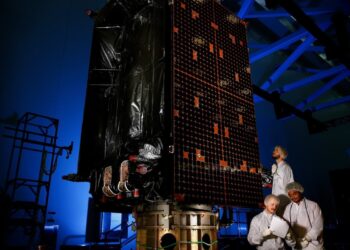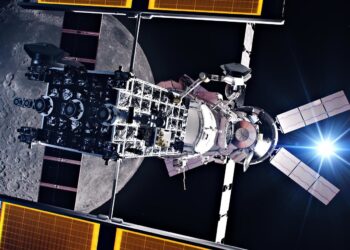WASHINGTON — The burgeoning in-space satellite servicing industry is positioning itself to transform orbital operations, from refueling to potential in-space repairs. Companies are eager to demonstrate their capabilities to a crucial customer: the U.S. military. But convincing the Pentagon to trust commercial providers with delicate, high-value national security satellites remains a significant challenge.
The ability to refuel satellites in orbit is particularly appealing to the U.S. military, which operates some of the most expensive spacecraft in geosynchronous orbit. Keeping these critical assets functional for as long as possible is a top priority. However, beyond basic refueling, the military remains uncertain about adopting other ISAM (in-space servicing, assembly and manufacturing) services.
Companies in the ISAM sector view the military as a critical early customer needed to spur the market and attract venture capital. For now, refueling remains the most compelling immediate service, said Richard Palmer, deputy director of capability and resource integration at U.S. Space Command. Palmer pointed out that more advanced services like component replacement or payload repairs have not yet won military buy-in, largely due to budget constraints and technical uncertainties.
“Refueling satellites in orbit is easy to conceptualize,” Palmer said last week at the MilSat Symposium in Mountain View, California. But for other in-orbit services, there’s no clear vision yet on how they would realistically be used.
The Department of Defense (DoD) spends billions annually on satellite programs supporting navigation, communication, and intelligence missions. While ISAM companies are hopeful that the military might embrace more sophisticated in-orbit repairs, Palmer tempered expectations, saying budget priorities like the military’s “protect and defend architecture” and modernization of legacy systems are paramount.
The conversation around…
Read the full article here

